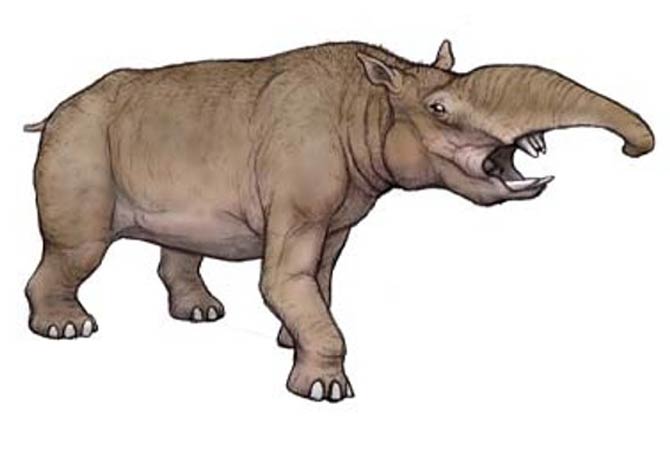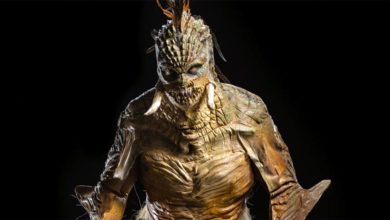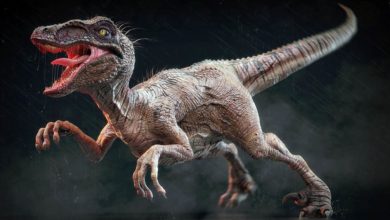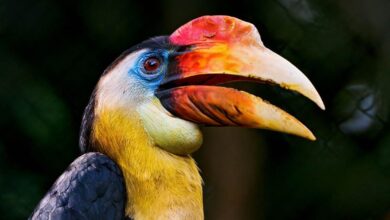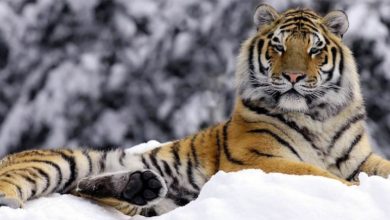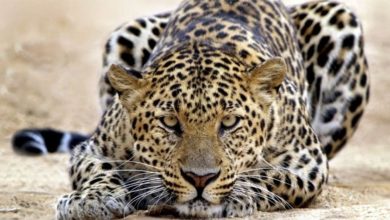Pyrotherium
“Fire beast”, because this is how the word Pyrotherium can be translated, despite its demonic-sounding name, it did not have a devilish character at all. Nowadays, it would make an impression “only” with its large size and a specific, elephant-like snout. Its teeth were also impressive. In appearance, it resembled today’s proboscideans.
Classification
- Kingdom: Animalia
- Phylum: Chordata
- Class: Mammalia
- Order: †Pyrotheria
- Family: †Pyrotheriidae
- Genus: †Pyrotherium
- Species:
- †Pyrotherium romeroi (type species)
- Pyrotherium sorondoi
- Pyrotherium macfaddeni
Dating and occurrence
The remains of this mammal are dated to the Deseadan – the period of geologic time (29.0–21.0 Ma) within the Oligocene epoch. This creature roamed the forests of South America, mainly in what is today Argentina.

Characteristic
Appearance and dimensions
The Pyrotherium was a large and strong animal, moving on four legs with broad fingers. Instead of the classic mouth, it had a short trunk. Two pairs of flattened, forward-facing incisors grew in the upper jaw, while only one pair was visible in the lower jaw.
It resembled the primitive proboscideans that lived in other parts of the world at that time. This similarity, however, did not result from a close relationship, but from the phenomenon of convergent evolution – because Pyrotherium lived like an elephant, it must have had a structure similar to it.
This mammal was quite large: it was a maximum of 3.6 m (11.8 ft) in length and about 1.5 m (4.9 ft) in height at the withers. The weight was in the range of approx. 900-3500 kg. The heaviest known individuals belong to the typical species – Pyrotherium romeroi. The recently discovered Pyrotherium macfaddeni could have been much lighter (less than 900 kg).
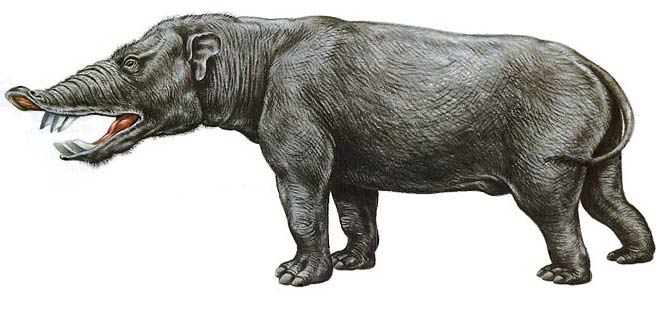
Dentition and diet
The characteristic arrangement of the modified incisors may suggest that Pyrotherium was digging up the plants with the roots. It is possible that these teeth acted as shovels and “cutlery”, thanks to which the animal could manipulate its food.
Molars grew in the back of the mouth to grind off plant material before swallowing.
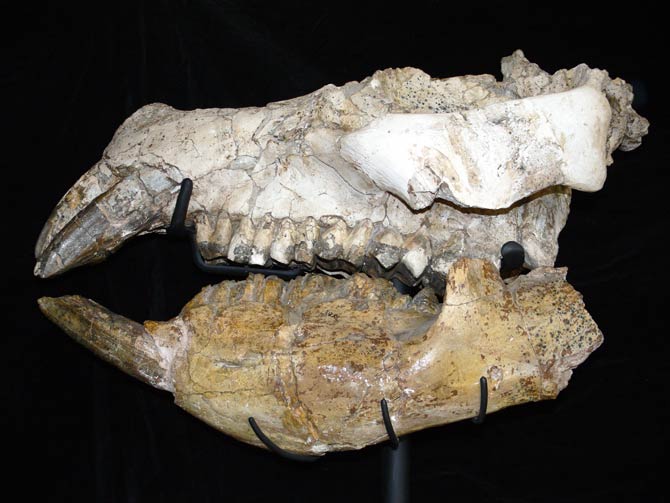
Relationship with other animals
Relationships with other ungulates are not well understood. Until today, it is difficult to say whether it was a close relative of mammals belonging to the Meridiungulata clade, which, similarly to Pyrotherium, was plantigrade (it moved on the entire feet, not only on the toes). It cannot be ruled out, however, that we are also dealing with convergence in this case.
However, it was possible to establish that in terms of the structure of the tarsus (the part of the limb that connects the foot with the shin), Pyrotherium resembled Arsinoitherium – an ungulate mammal from Africa, living about 30 million years ago. However, this cannot be called proof of kinship. Perhaps it only has to do with a similar way of moving.
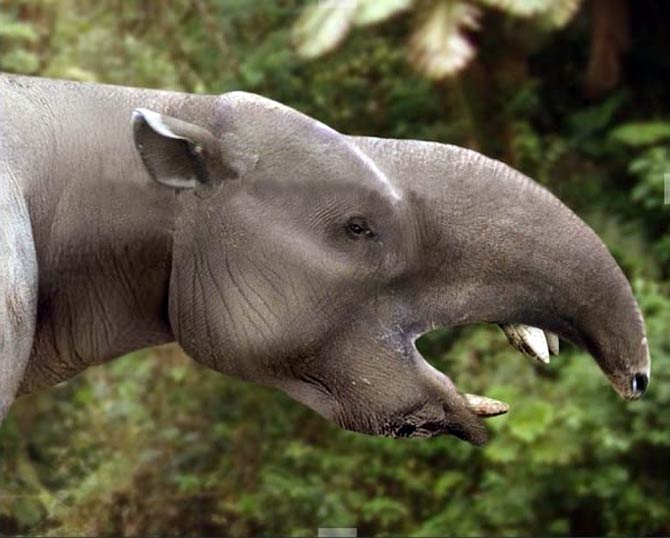
Detailed data / dimensions (size)
Pyrotherium
- Body length: 2.9 to 3.6 m (9.5 to 11.8 ft)
- Skull length: 72 centimeters (2.36 ft)
- Brain: about 15 cm (5.9 in) long and 5 cm (2.0 in) wide
- Height at the withers: less than 1.5 m (4.9 ft)
- Weight: 900-3,500 kg (1,984 – 7,716 lb)
- Dating: 28.4–23 million years ago
- Distribution: South America, mainly Argentina
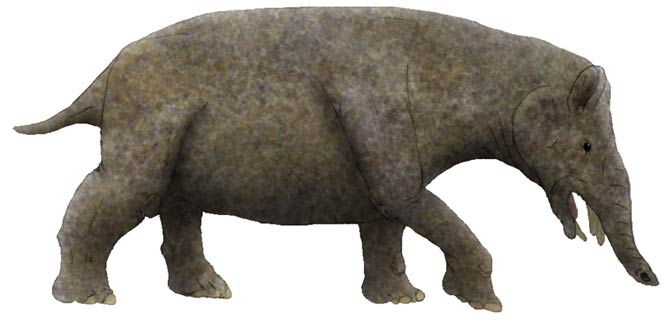
Pyrotherium – interesting facts
- The scientific name Pyrotherium is derived from Greek and can be translated as “fire beast”. It has to do with the discovery site of the first species of Pyrotherium. His remains were found in sedimentary rocks formed from volcanic ash.
- Compared to other species of South American ungulates, the genus Pyrotherium was not very diverse, nor did it rule very long (about 5-6 million years).
- Astrapotherium (an extinct genus of South American mammals that resembled a small elephant or large tapir) was similar to Pyrotherium.
